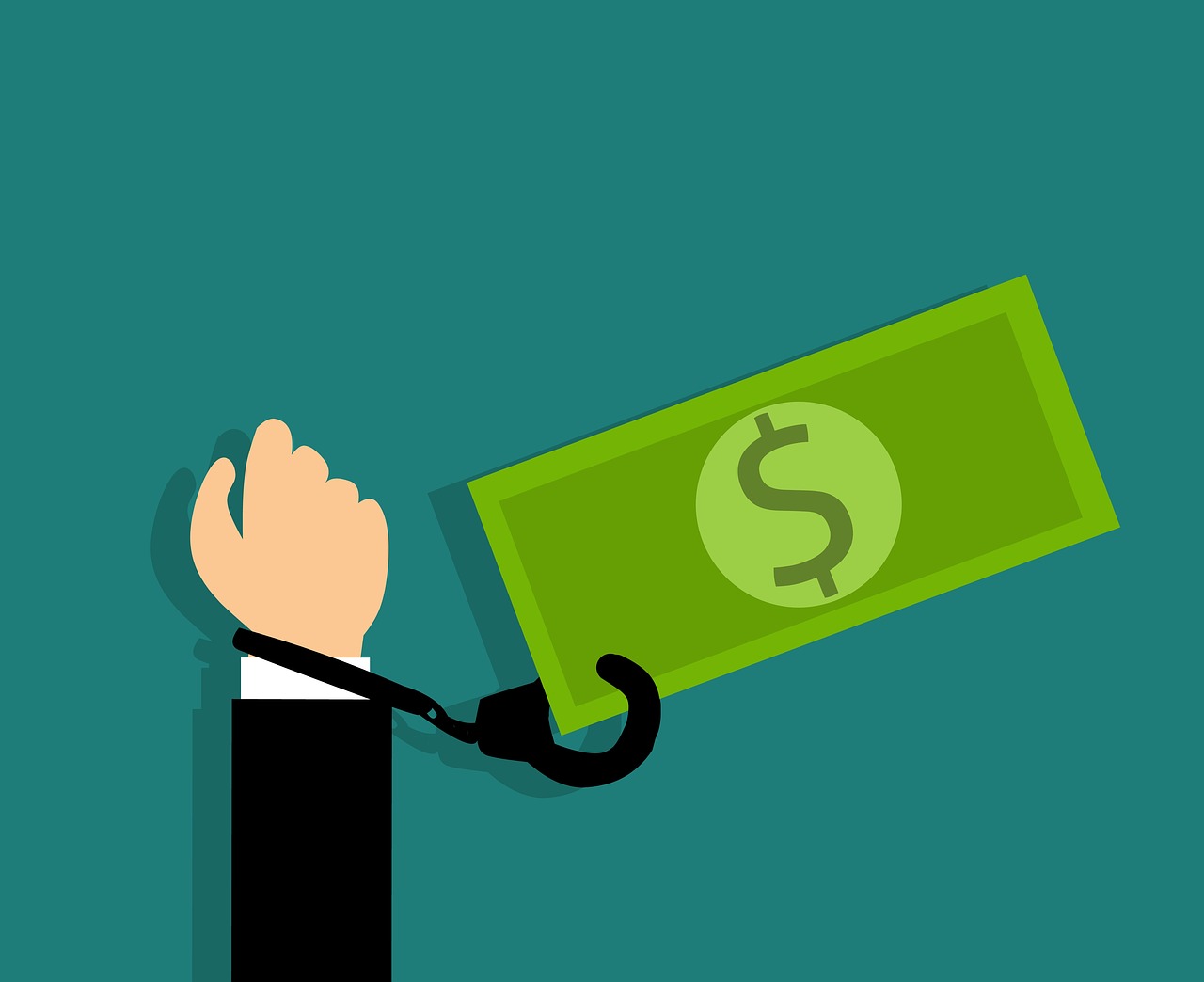With all its recent activities, the Federal Reserve’s balance sheet has exploded to $5 trillion-plus. My friend Peter Boockvar thinks assets could easily reach $10 trillion, and problems will develop when they try to wind it down.
Q4 2019 hedge fund letters, conferences and more

I’m not so sure they will do that. This time, they might take a page from the Great Depression playbook and simply not worry about winding it down.
Let me go one step further.
In 2012, when Europe was caught in the quicksand of a debt crisis, European Central Bank president Mario Draghi famously said he’d do “whatever it takes” to save the European monetary union.
But it appears the 2020s will be the decade known as the one of “Whatever It Takes.” Before this decade ends, the U.S. Federal Reserve’s balance sheet will be $20 trillion and probably approach $30 trillion.
Those are staggering numbers. But percentage-wise, they are no more than Japan has today.
(I can hear the Austrian-school economists screaming that the dollar will be worth less.)
But that hasn’t been the case in Japan, and only slightly so in Europe and for different reasons. Each country will have its own characteristics when it comes to expanding its monetary base.
The uncertainty we all feel is actually a great deal of the problem. Challenges come and go, but we are all accustomed to having data about them.
The data may be wrong or unclear, but we at least have something to focus on and debate. Now we don’t. That leaves us deeply unsettled.
The new coronavirus is what it is. Scientists need data to evaluate its effects. How it spreads, who is susceptible, what percentage will become seriously ill or die.
We don’t have good answers, so our minds fear the worst.
It’s not that the data doesn’t exist. We (and I mean humans collectively) just don’t collect, analyze and share it very well. And, to be fair, this is a complex problem. People get sick and die for all kinds of reasons, and sometimes multiple reasons. Whether to attribute them to this virus is often a judgment call.
Now, trying to project coronavirus infection and death rates in one country using data from another country can be useful in proper context. But trying to claim as some do (I’m thinking of two Stanford professors) that COVID-19 probably has a death rate no higher than the standard flu, based on layers of assumptions, is just not helpful.
On the flipside, we are not all going to die. Some of the curves we see may reflect the spread of testing capacity more than the spread of the virus.
Now if you are New York Gov. Andrew Cuomo, who from all appearances has a handle on the crisis there (along with many other governors), you have to assume the worst and plan for it.
Some governors simply have their heads in the sand, and this endangers the whole United States. Not to mention their own states.
Some states are extending their stay-at-home orders into May. If staying put, social distancing, washing our hands and wearing masks if we are sick is our equivalent of doing “whatever it takes” to flatten the curve, let’s do it because it’s right … and not wait for them ask us to.
The Great Reset: The Collapse of the Biggest Bubble in History
New York Times best seller and renowned financial expert John Mauldin predicts an unprecedented financial crisis that could be triggered in the next five years. Most investors seem completely unaware of the relentless pressure that’s building right now. Learn more here.
Article By John Mauldin, Mauldin Economics
